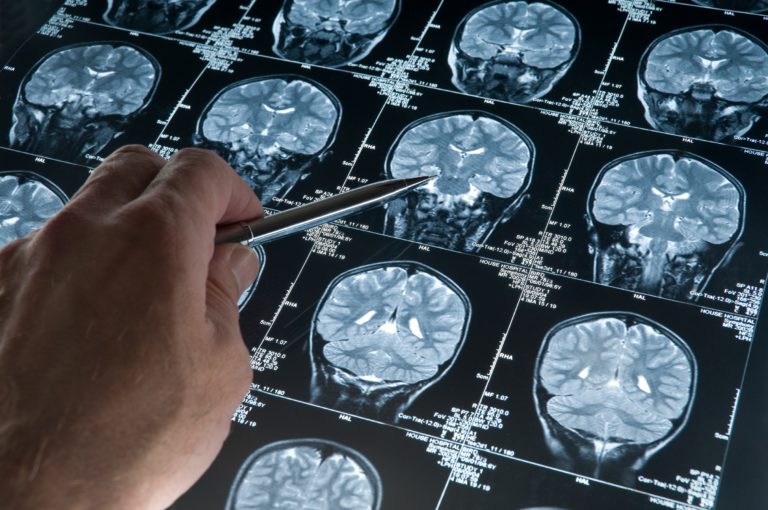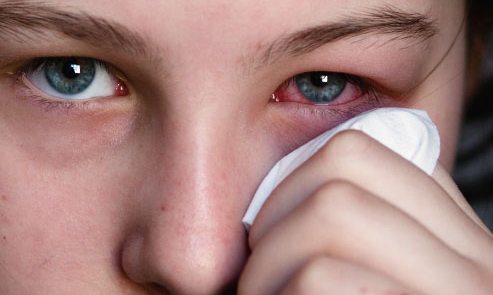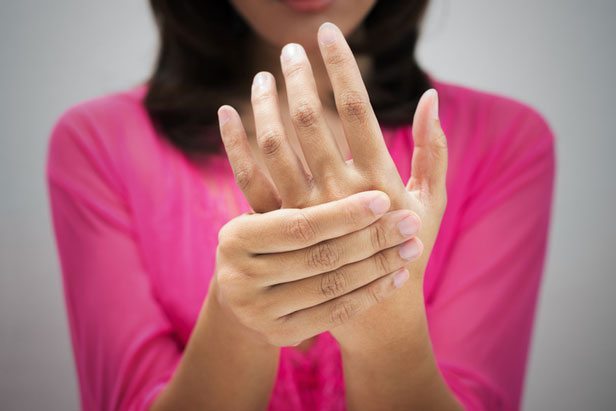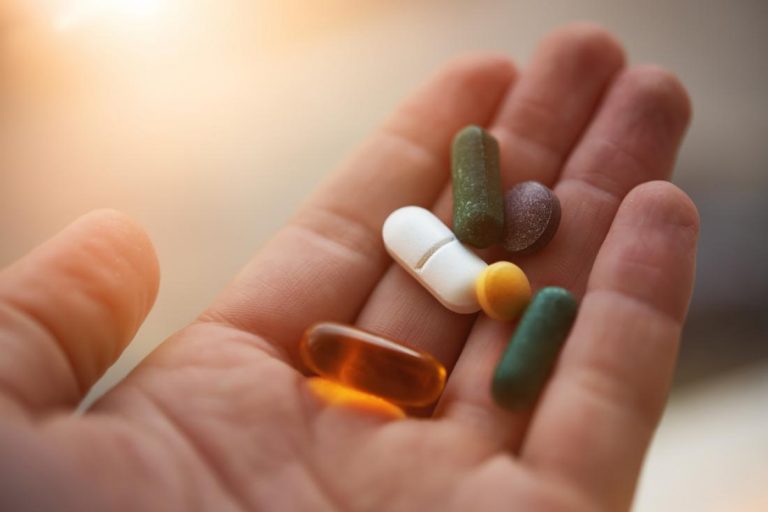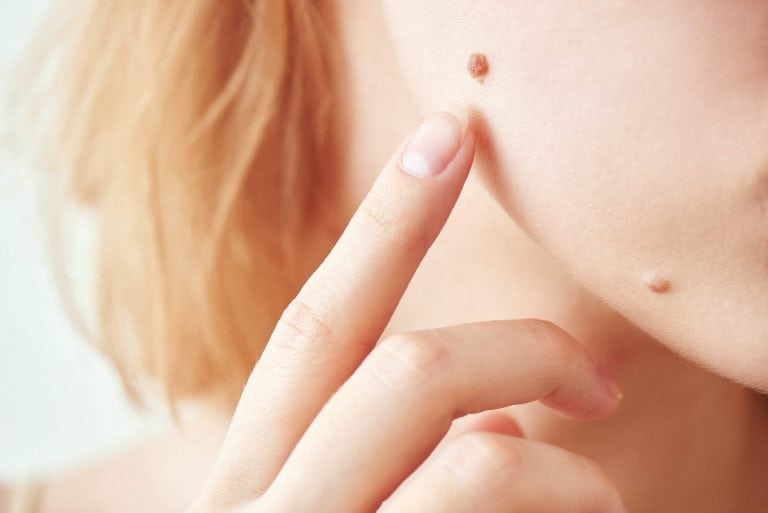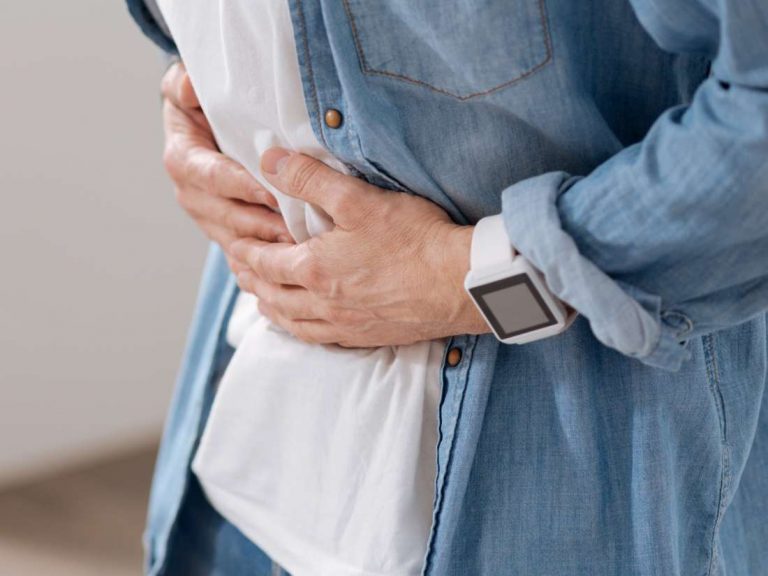
Cholesterol is a fat-like substance that’s found in your blood. Your body needs it in order to make hormones, vitamin D, and certain substances that help you digest foods. However, high levels of cholesterol can increase your risk of heart disease.
Note that a healthy target for a total cholesterol reading from a simple blood test is less than 200 mg/dL. Your LDL number is perfect if it’s less than 100, your HDL (or “good”) cholesterol number should be 60 or higher, and your triglycerides should be less than 150, according to the Cleveland Clinic.
Maybe you know that consuming too much saturated and trans fat can be quite an issue, but what’s often overlooked is the role of unsaturated fats—the healthy type. Both types of healthy fats—monounsaturated and polyunsaturated—have been shown to improve blood cholesterol levels, according to the Mayo Clinic.
Ginger Hultin, RDN, spokesperson for the Academy of Nutrition and Dietetics and owner of ChampagneNutrition in Seattle, recommends these sources of healthy fats. Monounsaturated: avocado, olive and canola oils, and macadamia nuts. Polyunsaturated: walnuts, safflower and soybean oil, flax, and fatty fish like salmon, mackerel, and herring.
However, while munching on nuts, don’t forget that there are certain eating habits that could raise “bad” cholesterol levels. Read on to discover them!



